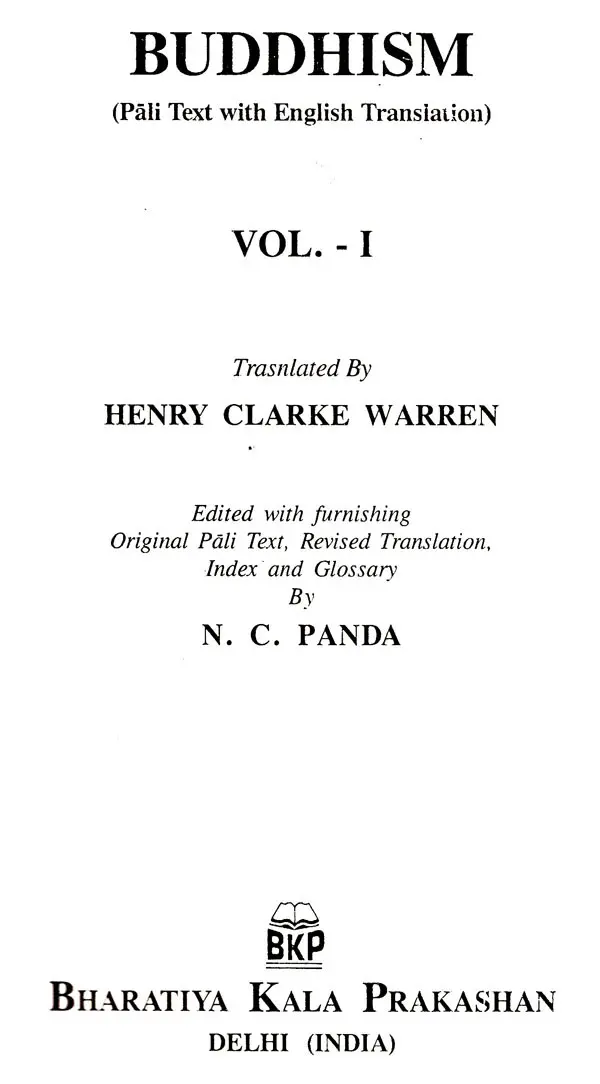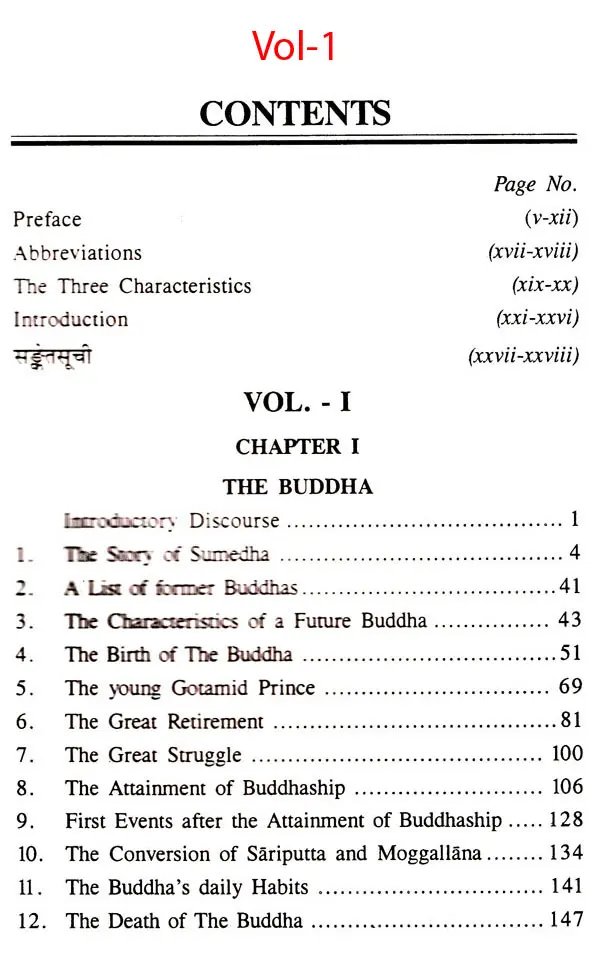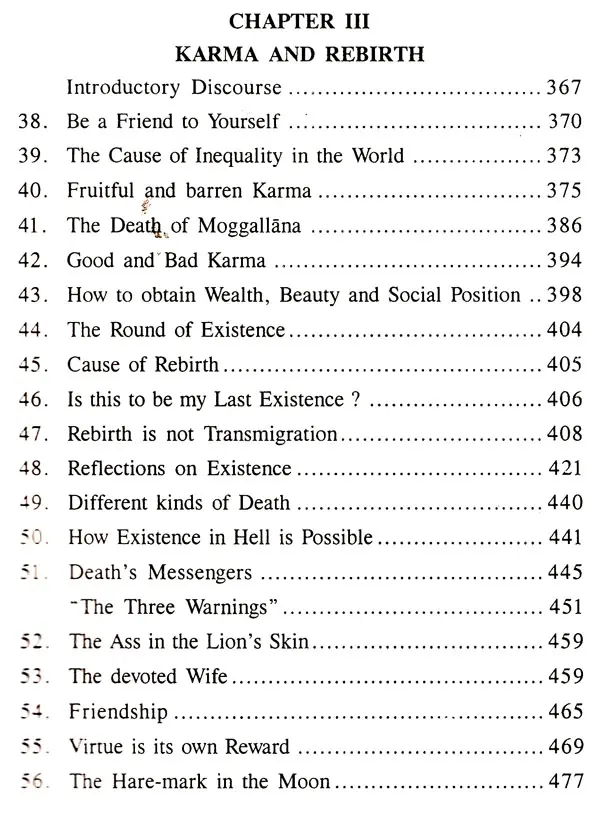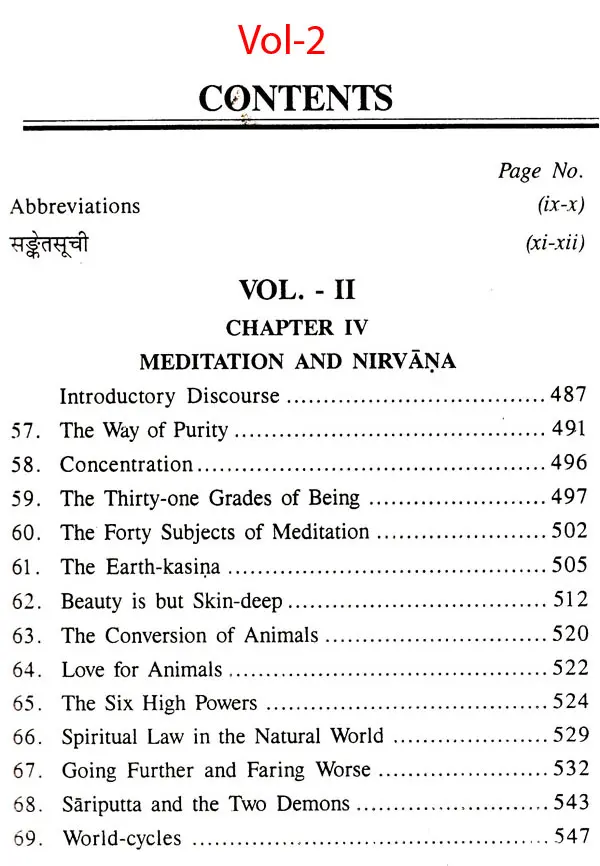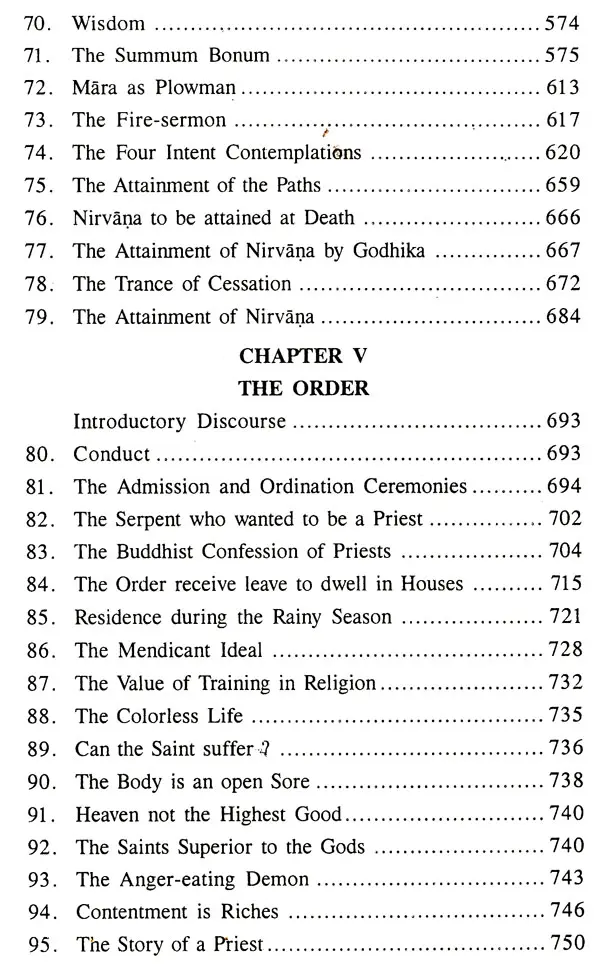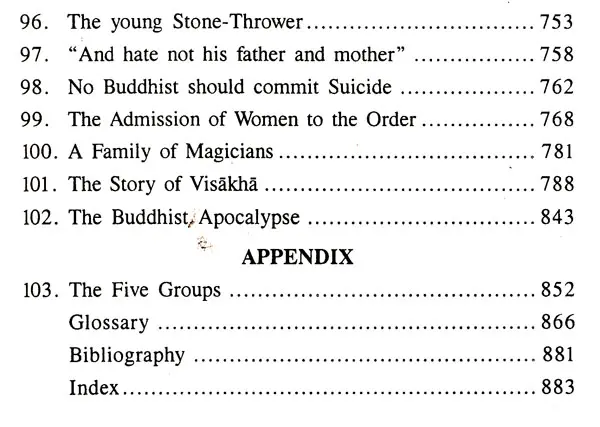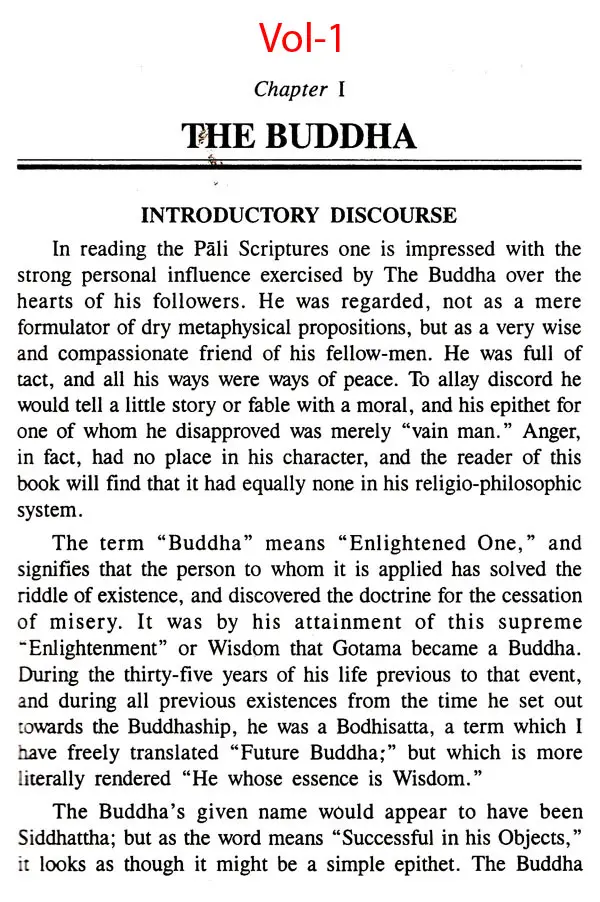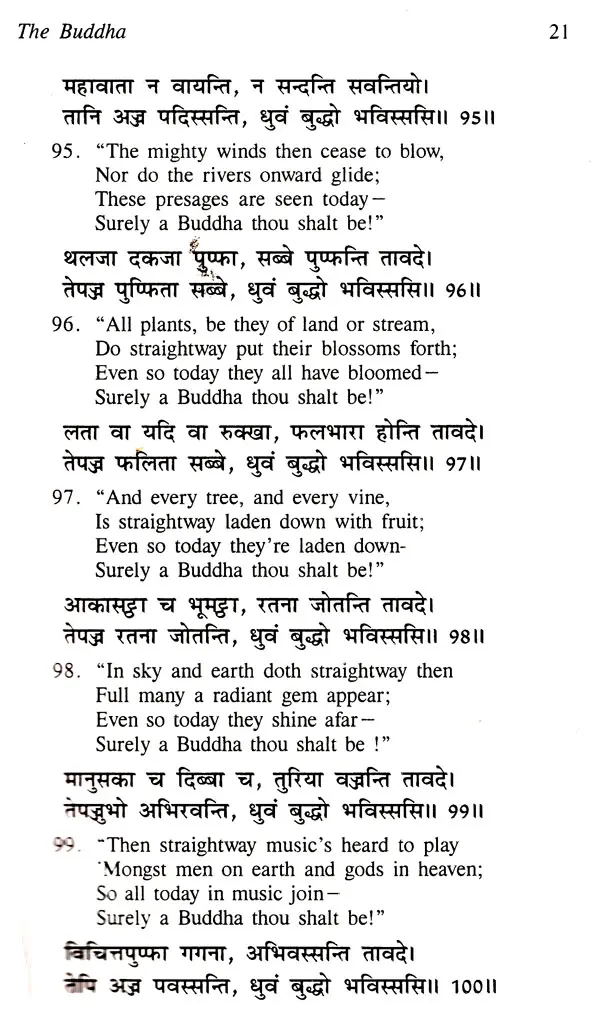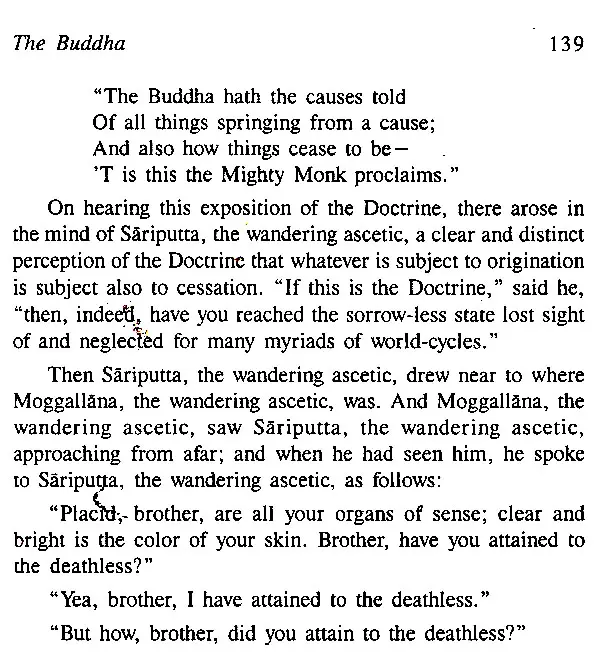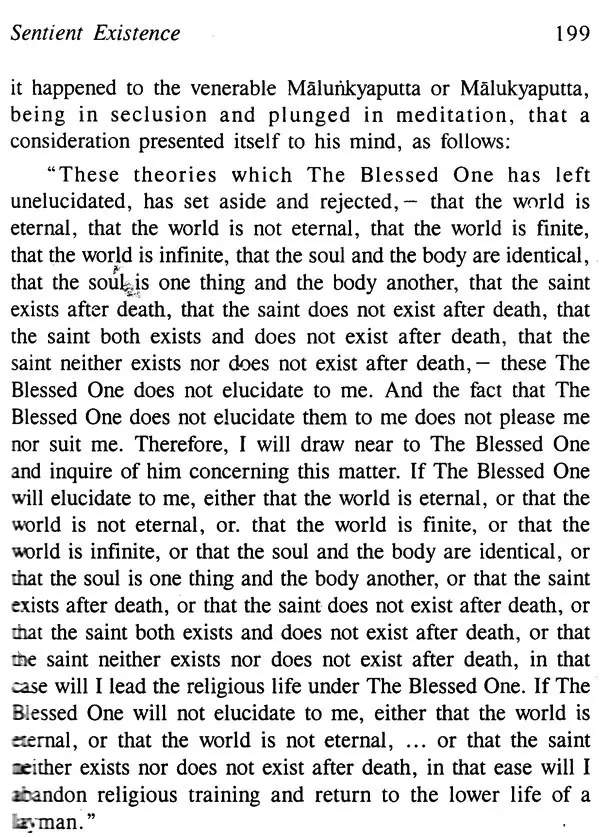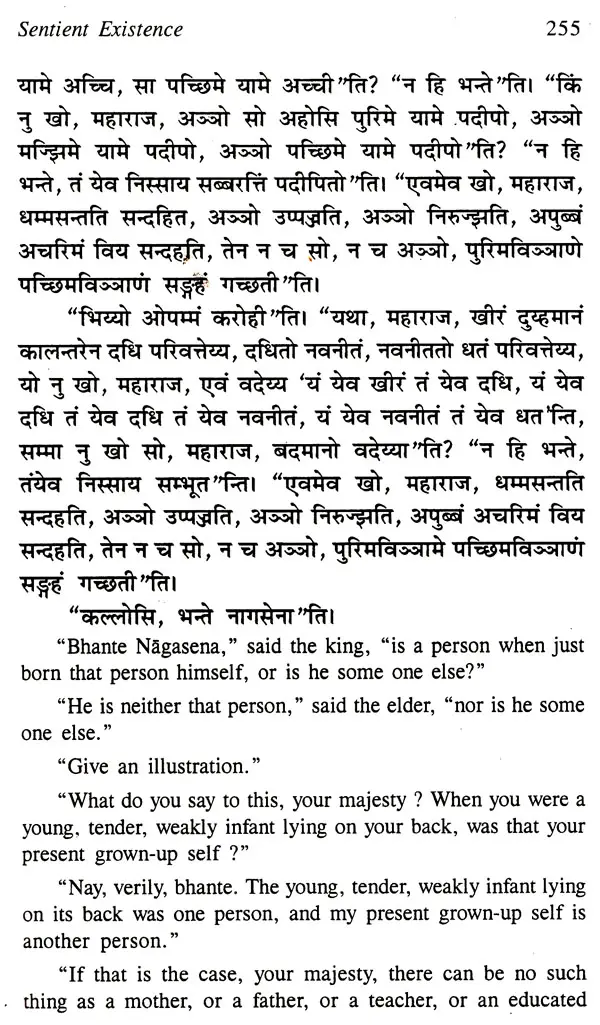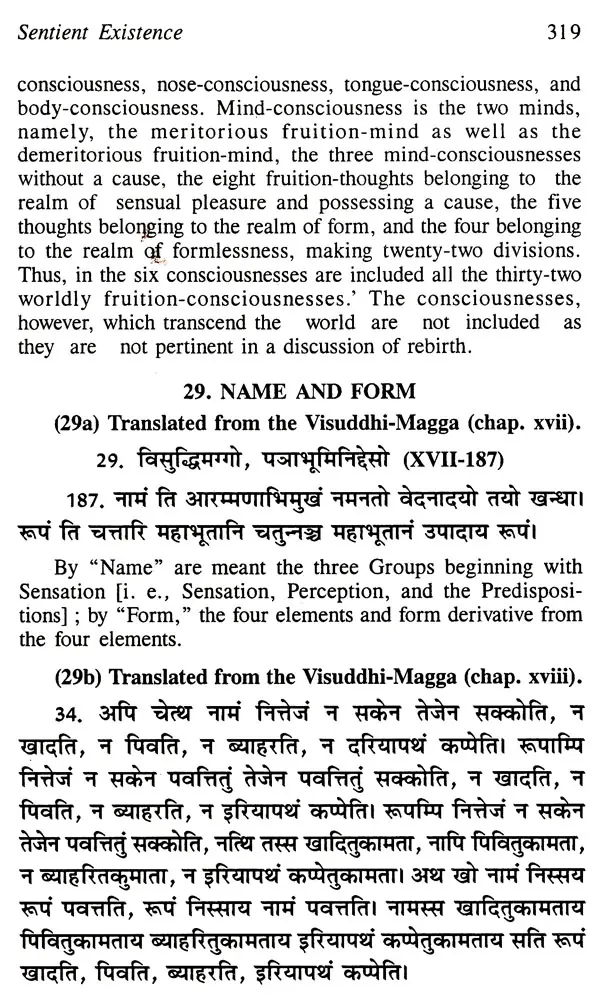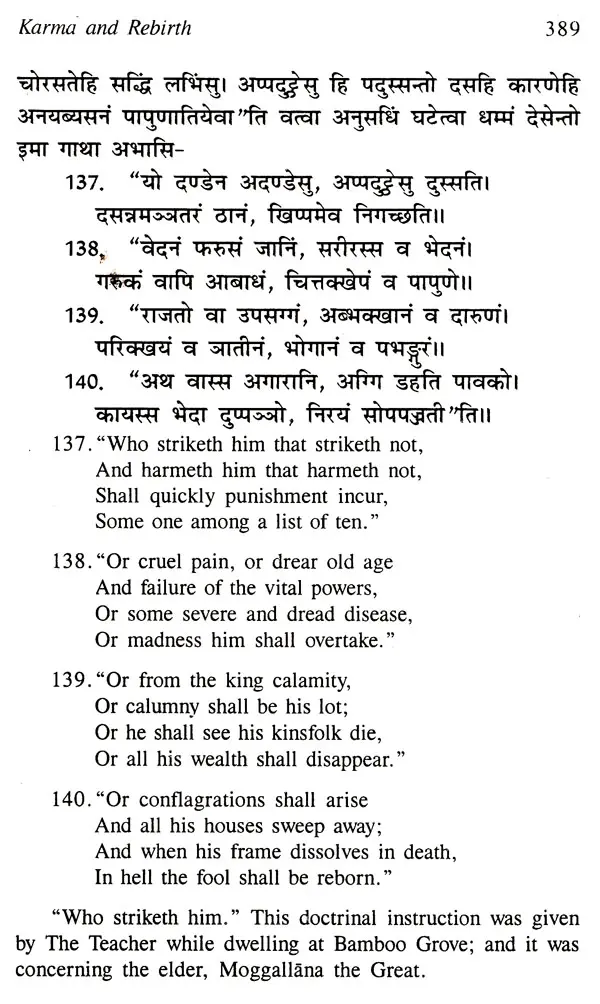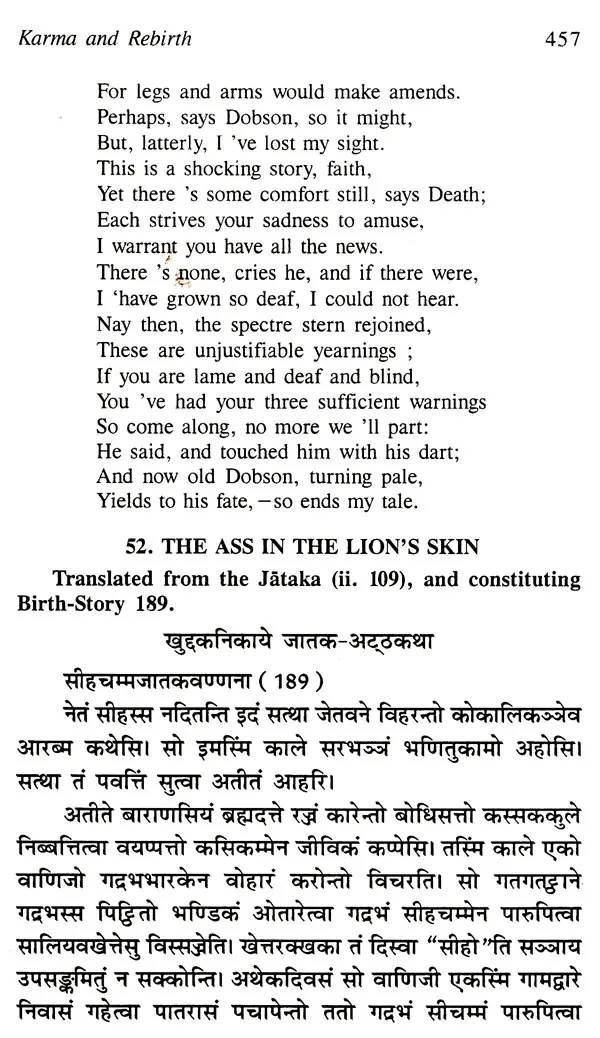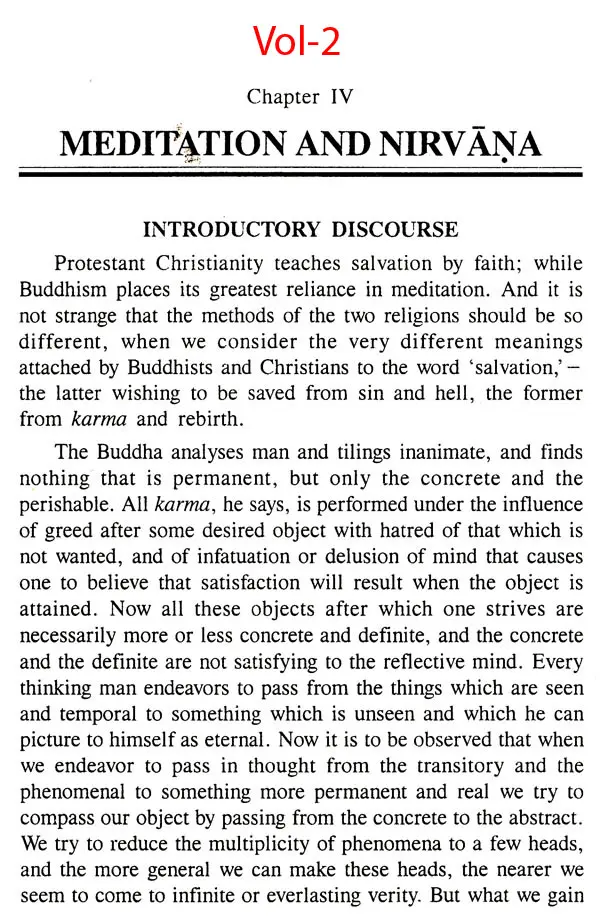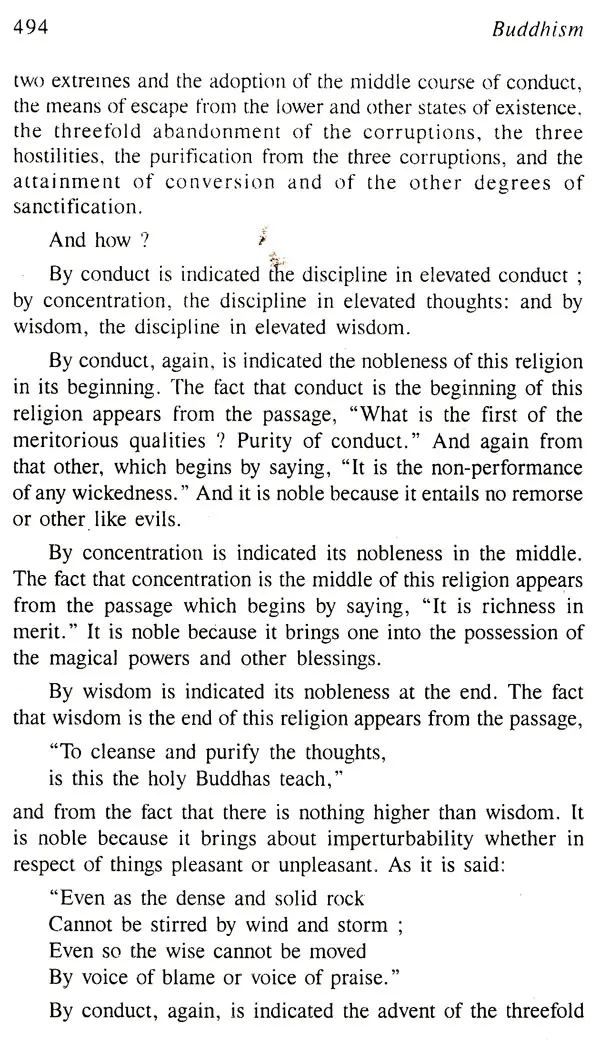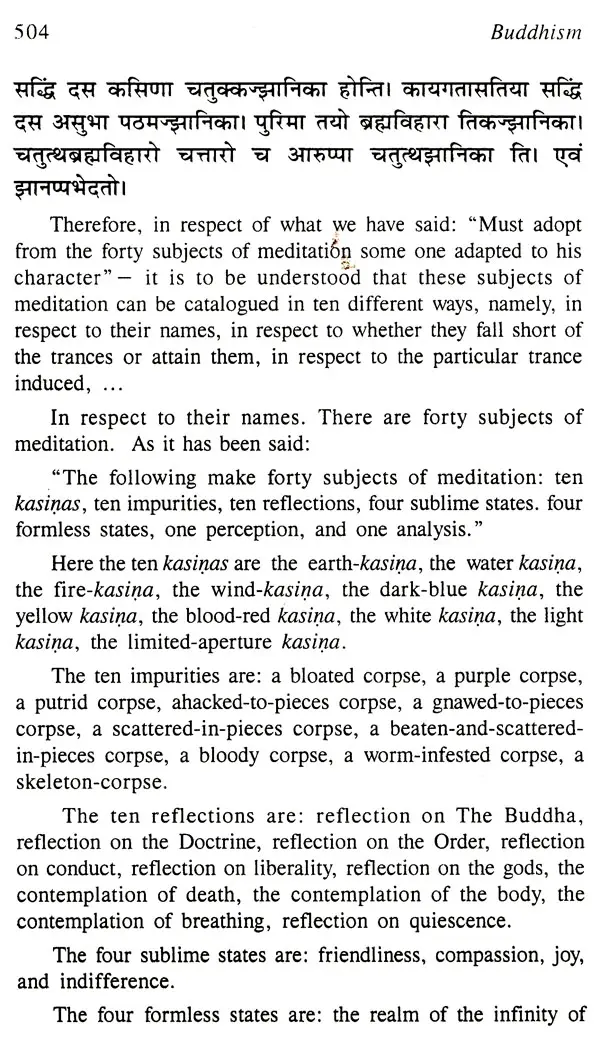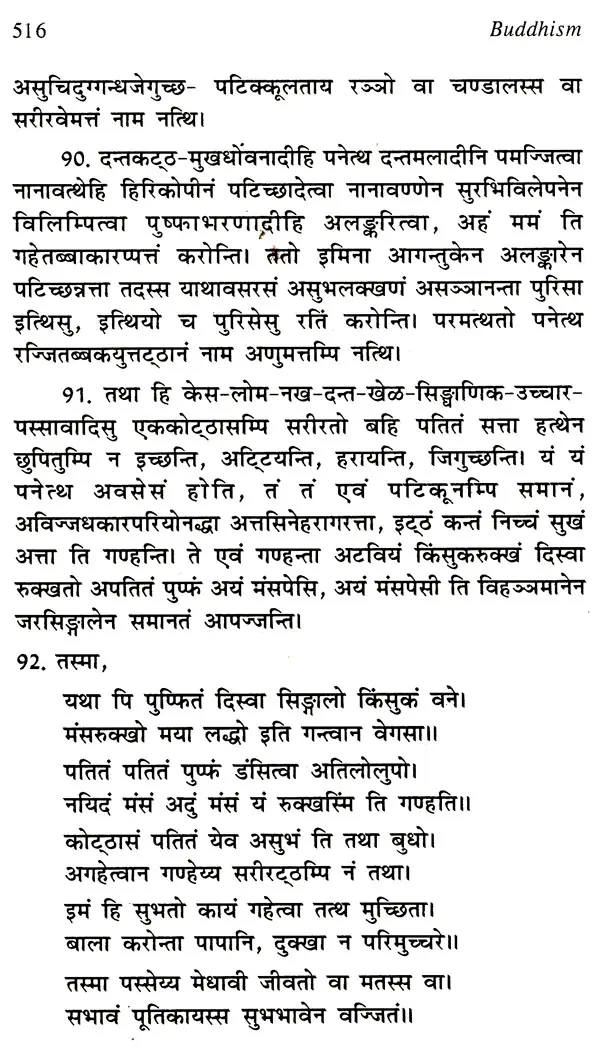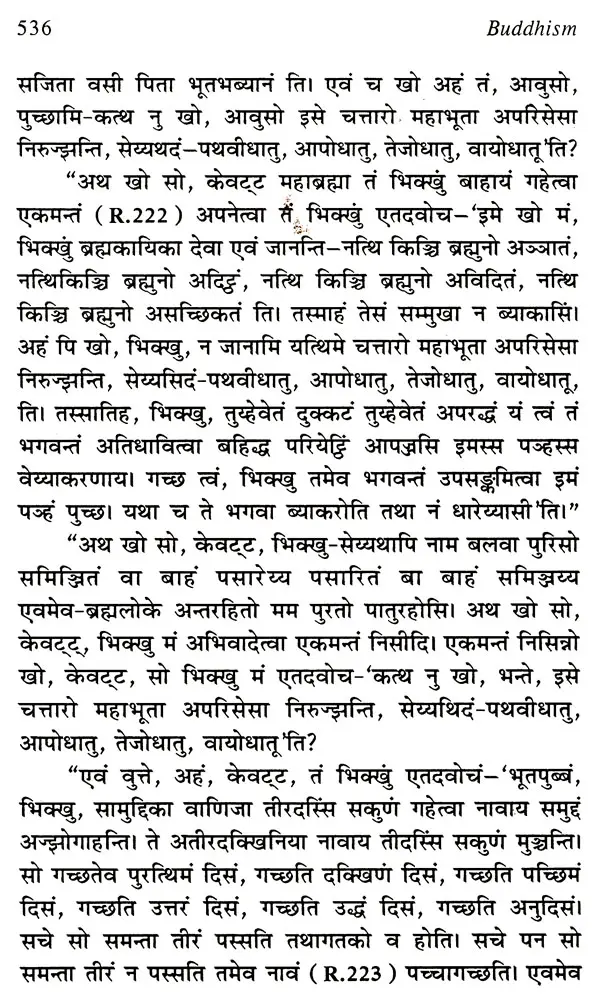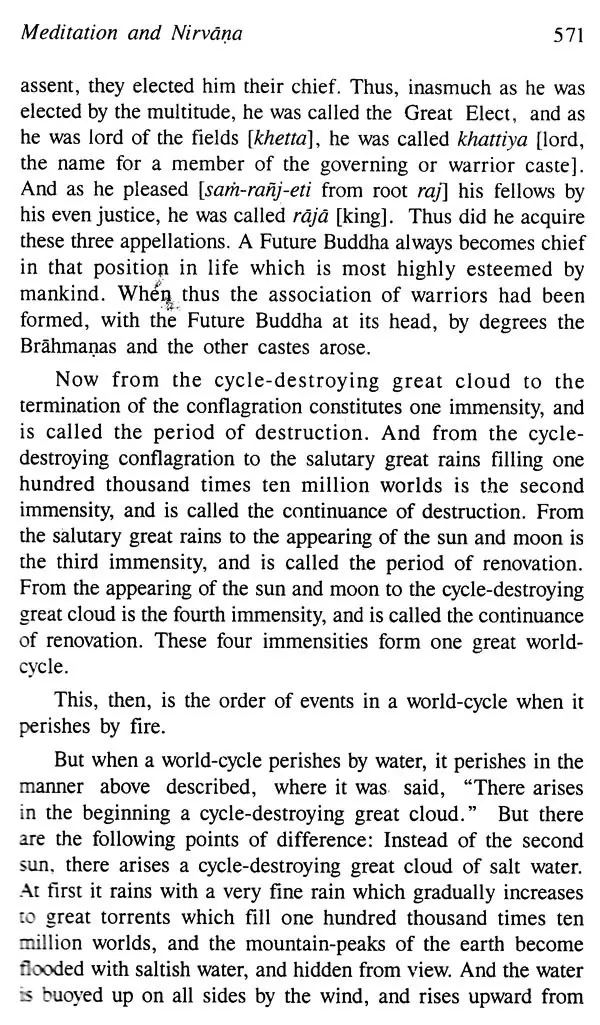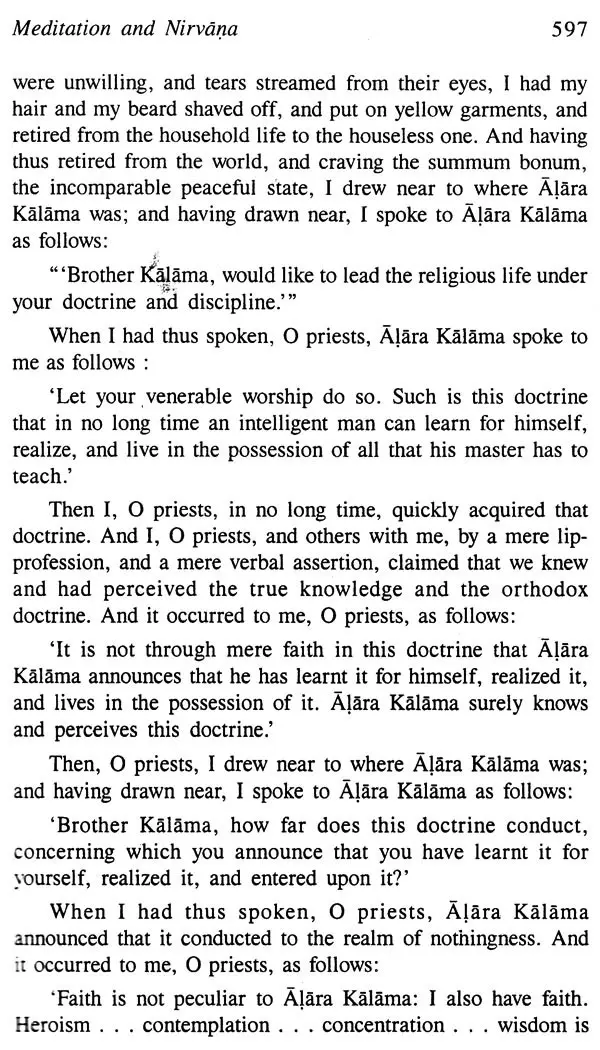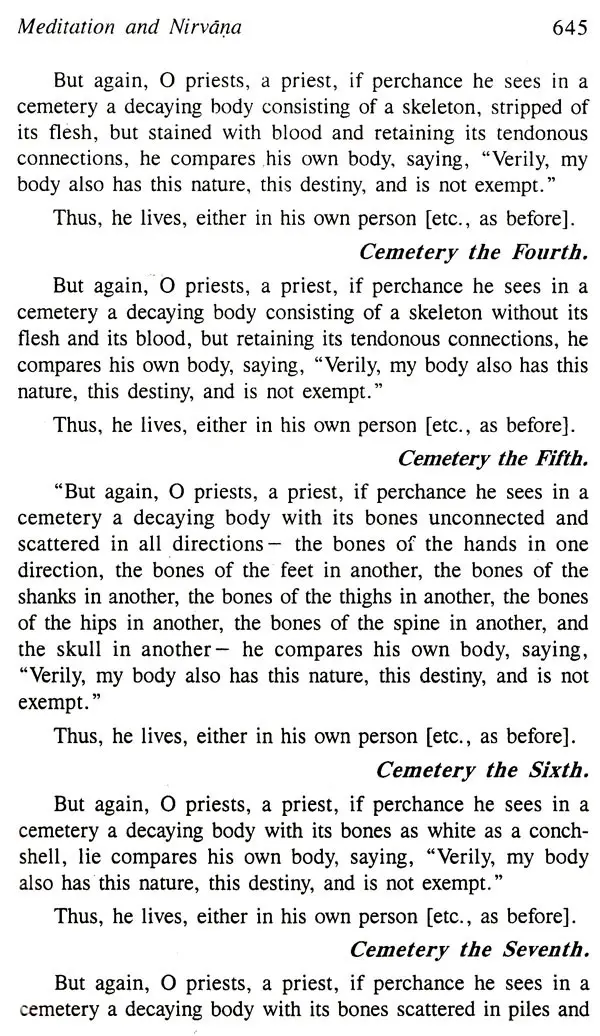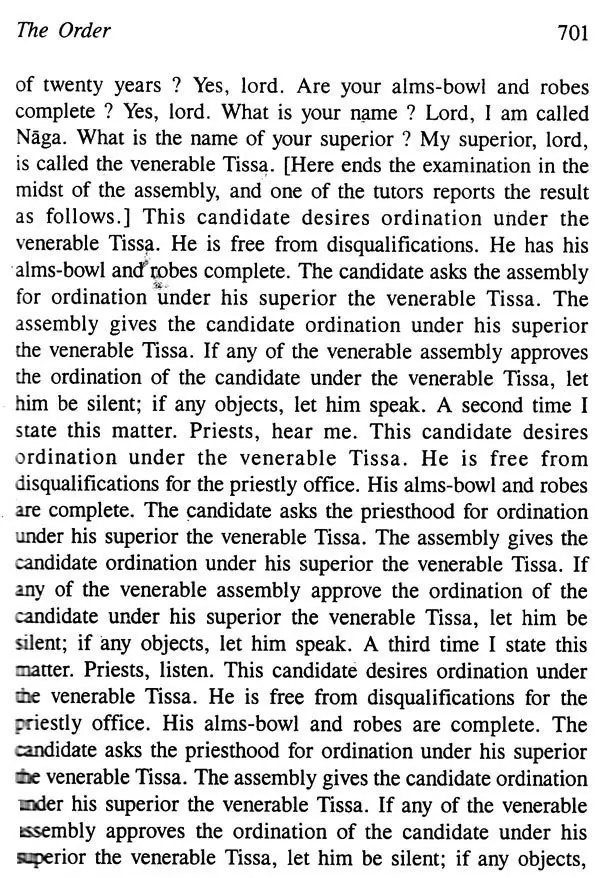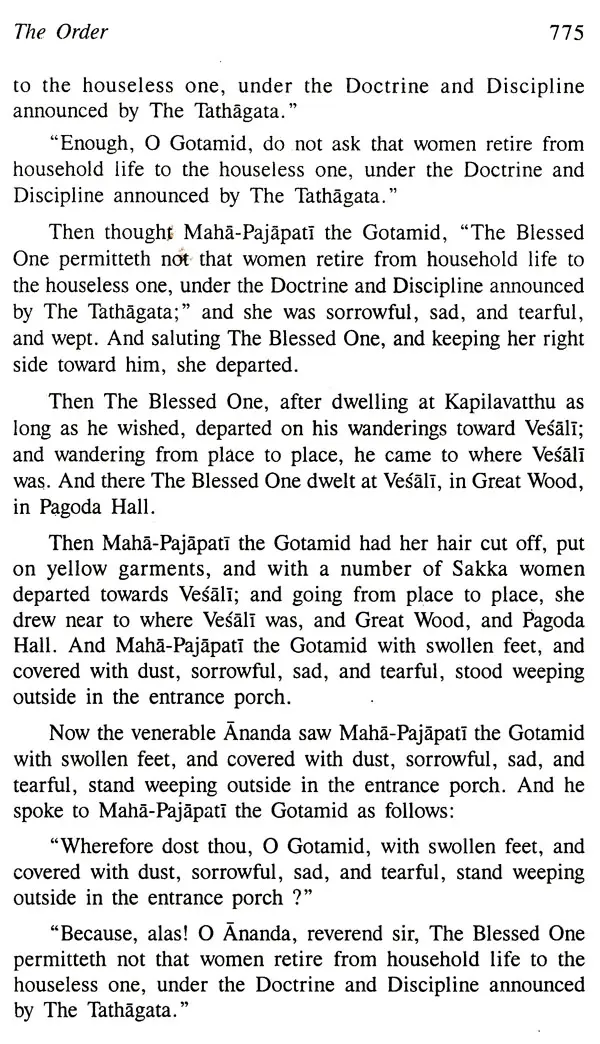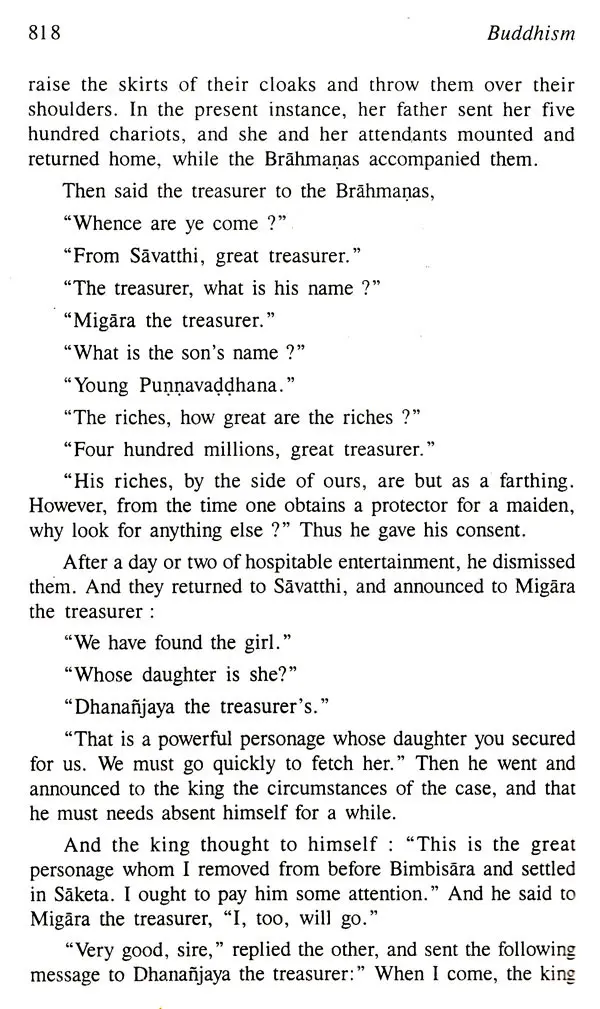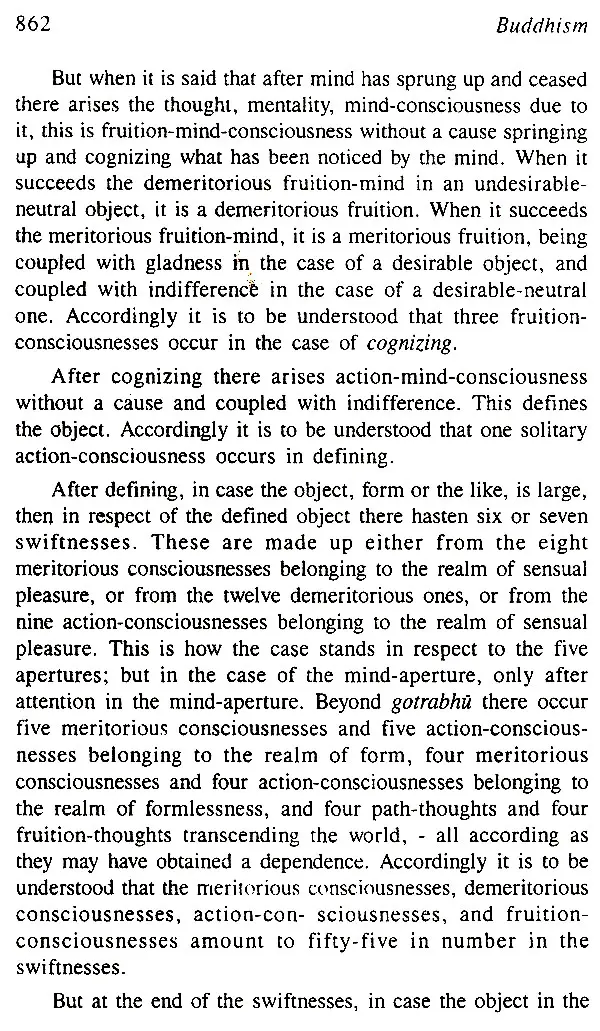
Buddhism -Pali text with English Translation (In Set of 2 Volumes)
Book Specification
| Item Code: | UAO130 |
| Author: | Dr. N. C. Panda |
| Publisher: | Bharatiya Kala Prakashan |
| Language: | Pali Text With English Translation |
| Edition: | 2007 |
| ISBN: | 9788180901808 |
| Pages: | 920 |
| Cover: | HARDCOVER |
| Other Details | 8.80 X 5.80 inch |
| Weight | 1.38 kg |
Book Description
The book is divided into five chapters and more than one hundred sections. The selections of the first chapter are on the Buddha; next follow those which deal chiefly with the doc trine; while others concerning the Order and secular life constitute the closing chapter of the book. The uniqueness of the work lies in the selective presentation of the materials and their systematic organization.
The book is accompanied by Introduction, Preface, Bibliography and general Index. Besides Appendices, an addition of Glossary of Buddhist technical terms is also a notable feature of this work. Hence, this new and enlarged edition would be immensely useful for the students as well as researchers of Páli and Buddhism. Besides, it will also serve a much Larger purpose.
After graduating from Utkal University and Post-graduation and M.Phil. degrees from Kuru kshetra University, he obtained Ph.D. degree in Vedic studies from Panjab University, Chandigarh and thus specialized him-self in different Indological branches, like the Vedic Studies, Buddhism and Kashmir Saivism. In due course of time, he has qualified himself with Acharya in Buddhism, Acharya in Darśana Sastra, C.C. in German Langu age and Ayurveda Ratna.
Dr Panda is the joint editor of the 'Kalatattvakośa' (Vol. VI) and the 'Glossary of Key Art Terms' of Indira Gandhi National Centre for the Arts. As an ardent student and a successful researcher of Indology he has contributed nume rous learned research papers and edited some valuable works to his credit.
In the Jataka, twenty-four mythical Buddhas are held to have appeared before Gautama in preceding cycles of time. Many particulars about them are given, including their birth places, the length of their lives and their statures. Gautama himself is said to have met some of them during his transmi grations. Even the sacred trees under which they obtained Su preme Wisdom are enumerated. Their names are: Dipankara, Kaundinya, Mangala, Sumana, Raivata, Sobhita, Anomadarsin, Padma, Närada, Padmottara, Sumedha, Sujata, Priyardarsin, Arthadarsin, Dharmadarsin. Siddhartha, Tisya, Pusya, Vipasyin, Sikhin, Viśvabhů, Kakusandha, Konagamana, and Kasyapa. The Buddhavamsa adds three more names with this list, viz. Tanhankara, Meghankara, Saranankara. Thus, the number goes up to twenty-seven. The Lalitavistara gives a list of fifty five Buddhas, viz. (1) Padmottara, (2) Dharmaketu, (3) Dipankara, (4) Gunaketu, (5) Mahakara, (6) Rsideva, (7) Sritaja, (8) Satyaketu, (9) Vajrasamhata. (10) Sarvabhima, (11) Hemavarna, (12) Atyuccagami, (13) Pravalasagara, (14) Pus yaketu, (15) Vararupa, (16) Sulocana, (17) Rṣigupta, (18) Jinacakra, (19) Unnata, (20) Puspita, (21) Urnateja, (22) Pus kara, (23) Surasmi, (24) Mangala. (25) Sudarsana, (26) Mahasinhateja, (27) Sthitabuddhidatta, (28) Vasantagandhi, (29) Satyadharmavipulakirti, (30) Tisya, (31) Pusya, (32) Lokasundara, (33) Vistirnateja, (34) Ratnakirti, (35) Ugrateja, (36) Brahmateja, (37) Sughoșa, (38) Supuşya, (39) Sumanojuaghosa, (40) Suceştarûpa, (41) Prahasitanetra, (42) Gunarasi. (43) Meghasvara, (44) Sundaravarna, (45) Ayustejä, (46) Salilagajagami, (47) Lokabhilasita, (48) Jitaśatru, (49) Sanpujita, (50) Vipasyi, (51) Sikhi, (52) Viśvabhů, (53) Krakucchanda, and (54) Kanakamuni.
The earliest account of the life of Gautama Buddha is contained in Mahapadana Sutta of the Digha Nikaya and it is said to contain an autobiography of Buddha also. In addition to the numerous legends about the life of Buddha, which some times are contradictory with each other, there are five ancient works giving us the glimpses of the life of Buddha, viz. (1) The Mahāvastu, (2) the Lalitavistara, (3) the Buddhacarita, (4) the Nidanakatha, (5) the Abhinishkramana Sütra. Besides these. there are stray pieces in Sanskrit and Pali, depicting certain periods or events in the life of Buddha. From these old records as well as from the traditions and legends that have easily come down to us, we are in a position to reconstruct, more or less accurately, the life of Gautama Buddha.
**Contents and Sample Pages**
